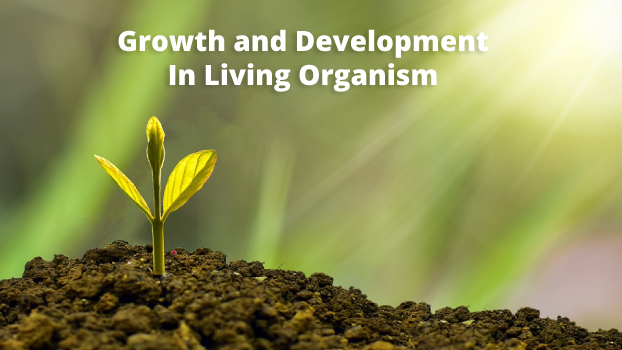Growth and development is one of the characteristics of living things. Do you know the difference between growth and development?
Growth is an increase in the volume, size, and number of cells in living things. While development is the increase in maturity over time / age of living things.
To be able to grow and develop every living thing requires external and internal supporting factors. Are as follows:
INTERNAL FACTORS:
- Genetic (intracellular)
- Hormones and vitamins (extracellular)
EXTERNAL FACTORS:
- Nutrition (food and drink)
- Oxygen
- Temperature
- Temperature
- Sunlight
- Humidity
- and others
DEVELOPMENT AND GROWTH IN PLANTS
In plants, the stages of development and growth begin with germination of seeds. Germination is the end of the dormancy period in seeds. Seed dormancy period is a period when the constituent cells are not actively dividing or do not grow but do not die.
In seed plants, germinating is the initial process of growth and development in terms of the process of imbibition, namely the absorption of water into the seed which aims to activate growth hormones (Giberelin) to instruct the aleurone (thin layer on the outside of the endosperm) to synthesize enzymes to catalyze reserves food in the endosperm (starch) to be broken down into growth components. After that comes the shoots of germination.
In the video there are stages of germination as discussed in the previous text and there are also two differences in the germination of green bean (Vigna radiata) and sunflower (Helianthus annuus) which have the characteristics of EPIGEAL and HIPOGEAL germination.
